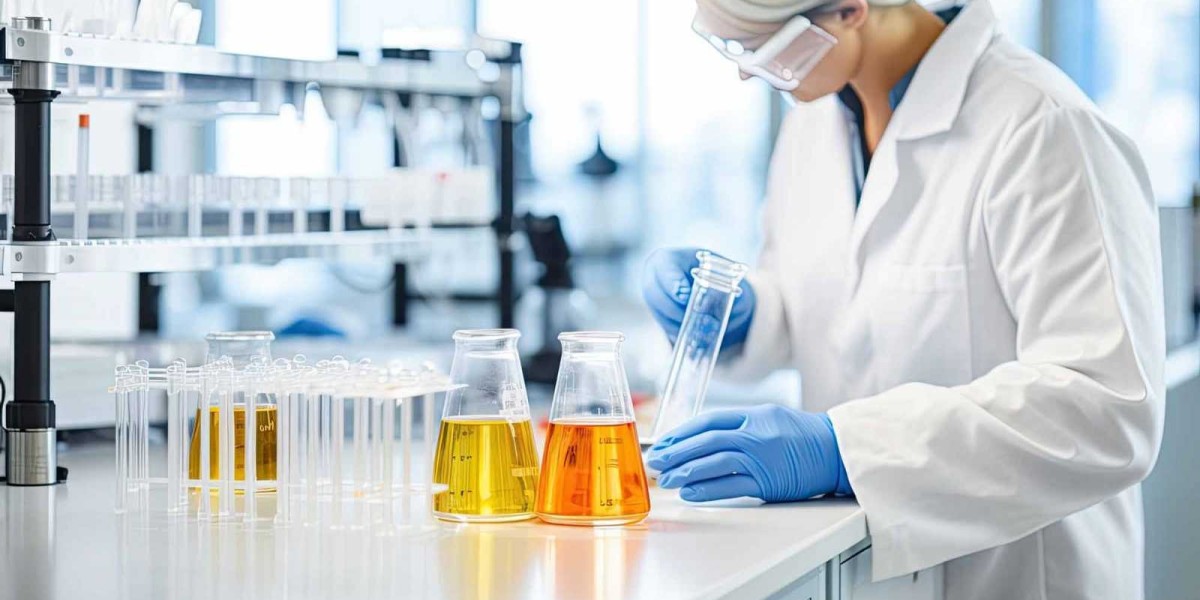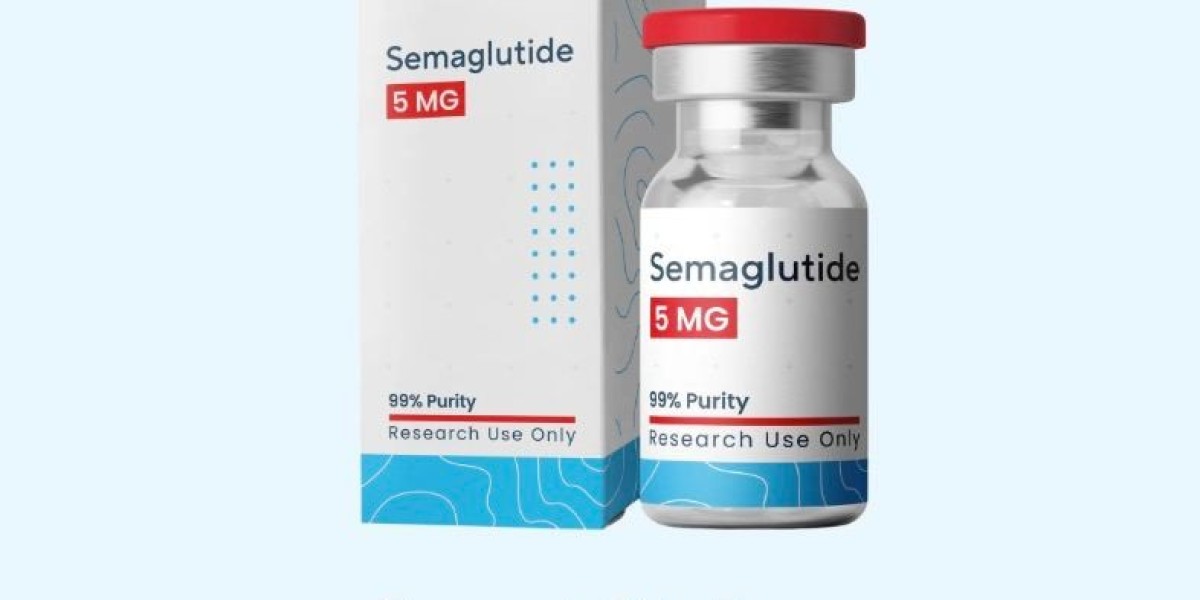In this blog post, we delve into the key considerations that pave the way for successful small molecule formulation development.
Understanding Drug Properties: The journey of formulation development begins with a thorough understanding of the physicochemical properties of the drug molecule. Factors such as solubility, stability, and permeability significantly influence formulation strategies and excipient selection.
Excipient Selection: Excipients serve as the backbone of a formulation, contributing to its stability, solubility, and overall performance. Selecting the right excipients based on their compatibility with the drug molecule and intended route of administration is critical for ensuring the success of the formulation.
Optimizing Drug Release Profiles: Achieving the desired drug release profile is essential for controlling the rate and extent of drug absorption. Formulation developers employ various techniques such as matrix systems, coating technologies, and modified-release formulations to tailor drug release kinetics according to therapeutic requirements.
Stability Assessment: Stability studies are integral to formulation development, allowing scientists to assess the product's shelf life under different environmental conditions. By identifying potential degradation pathways and implementing appropriate storage conditions, formulation developers can ensure the long-term stability of the drug product.
Patient-Centric Design: Formulation development should take into account the unique needs and preferences of patients. This may include developing dosage forms that are easy to swallow, taste-masked formulations for pediatric patients, or modified-release formulations for improved dosing convenience.
Regulatory Compliance: Formulation development must adhere to regulatory guidelines and quality standards to ensure the safety, efficacy, and quality of the final product. Close collaboration with regulatory authorities and adherence to Good Manufacturing Practices (GMP) are essential throughout the development process.
Risk Management: Formulation development involves inherent risks related to product stability, efficacy, and regulatory compliance. Implementing a robust risk management plan early in the development process helps identify and mitigate potential risks, ensuring smooth progress from formulation design to commercialization.
Continuous Improvement: Formulation development is an iterative process that requires continuous evaluation and optimization. By leveraging feedback from preclinical and clinical studies, as well as post-market surveillance data, formulation developers can refine existing formulations and innovate new drug delivery technologies.
In conclusion, successful small molecule formulation development requires a comprehensive approach that encompasses scientific expertise, strategic planning, and adherence to regulatory standards. By addressing key considerations such as drug properties, excipient selection, and patient-centric design, formulation developers can pave the way for the successful commercialization of innovative therapeutics.
For more insights into formulation development, visit Formulation Development.









